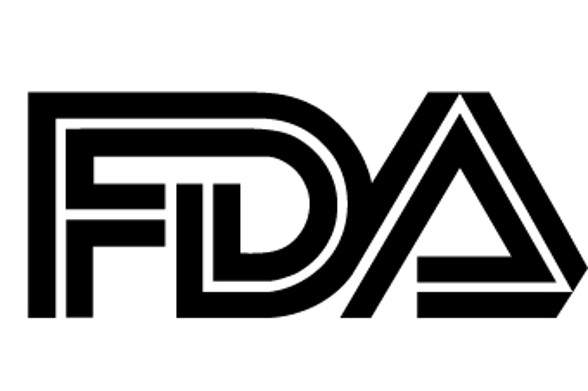If environmental activists decide nearly 20 years of research is not sufficient to back a decision, perhaps it is a good thing they aren’t the ones making the decision.
After a long struggle upstream, the Food and Drug Administration approved genetically engineered salmon on Nov. 19 — the first GE animal to be declared safe for human consumption. Though some environmental groups have raised concerns about the potential environmental effects these fish will have, their unease with the FDA’s decision is ill-founded.
This decision is hardly an across-the-board approval for GE organisms: the FDA has approved only two facilities that can raise transgenic salmon specifically, both owned by the same company, AquaBounty. The GE salmon grow to maturity in eight to 12 months, as opposed to the 30 months that ordinary salmon require to mature. According to a review study published in “BioScience,” the GE salmon’s accelerated growth rate stems from the two genes taken from Chinook salmon and eel DNA. Although the FDA reported slightly different nutritional values of omega-three fatty acids, zinc, and folic acid in wild and GE salmon, the transgenic salmon meet the same quality standards met by all other fish on the market.
Although critics fear that GE salmon eggs or small fish may escape through the water, which must be recycled for inland facilities, this poses no great environmental risk. The FDA has only approved two AquaBounty facilities to raise these salmon, both of which are located outside of the U.S. The inland tanks are much more secure than open-ocean tanks, and the FDA’s assessment reports indicate that all areas of the tank which could serve as potential escape routes are blocked by a series of filter screens and netting. Additionally, these tanks are hardly different from those used in laboratory environments, making AquaBounty’s production no less safe than any further research conducted on GE salmon. Furthermore, AquaBounty only produces sterile female salmon, so any eggs that somehow escape the filtration system would not pose a threat to wild salmon.
In addition to these precautions, the novelty of GE animals also helps ensure the safety of the fishery procedures. As is the case with all new technological advances, GE salmon continue to fall under the scrutiny of environmental groups and regulatory agencies. This is as it should be — there is still much research to be done before transgenic organisms can be released into the wild. For now, we should rest easy with the FDA’s approval of GE salmon for human consumption and the body of research which supports their decision. All progress requires some amount of risk, and the risk in the FDA’s decision poses a very minimal threat to the environment.


